White is often cited as the least expensive color for automotive paint due to its high demand and efficiency in production and application processes
The Cost Dilemma:
Painting a car is more than merely slathering it with new paint. Sanding, priming, and masking must be done with great care before beginning the painting process. Every stage requires resources, labor, and time, all of which add to the final cost. But in terms of the color itself, certain shades are more cost-effective than others.
Recognizing Paint Prices:
There are also other elements that go into the price of automobile paint in addition to color. Whether it’s a high-end metallic finish, a more lasting urethane, or a simple single-stage enamel, the type of paint is an important consideration. The brand and caliber of paint also have a significant impact on cost. Generic or unknown brands may seem like better deals, but their durability and quality may suffer.
Shades of Affordability:
Traditionally, neutral and monochromatic colors tend to be more affordable than their vibrant counterparts. This is primarily because these colors require fewer pigments to achieve the desired shade and are easier to match during repairs. Classic options like white, black, and various shades of gray are often among the least expensive choices when it comes to painting a car. These colors are not only cost-effective but also have enduring popularity, making them a safe and economical bet.
Cost vs. Longevity:
While opting for the cheapest color might seem like a prudent choice initially, it’s crucial to weigh the cost against the longevity and resale value of the vehicle. Investing in a higher-quality paint job, even if it comes at a slightly higher price, can prove to be more cost-effective in the long run. Durable finishes are less prone to fading, chipping, and discoloration, thus reducing the need for frequent repaints and repairs.

